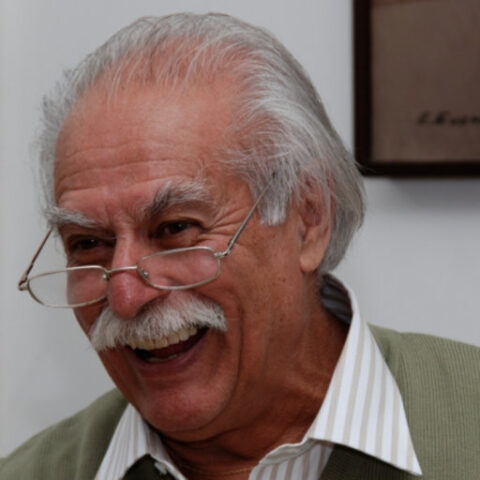Son of a famous Bolivian painter who dedicated his art to the Aymara people, Iván Guzmán de Rojas (1934-2022) was an engineer who created an extremely original and powerful translation program: he used the Aymara language as a pivotal language and was capable of producing in parallel several simultaneous translations, thanks to the particular grammatical structure of this language that allowed a matrix treatment instead of recursive, as Chomsky’s mathematical representations attribute to languages.
His creation had a lot of visibility in the 80’s, however, although he dedicated his life to finding a business outlet for his extraordinary invention, it was never achieved despite its obvious virtues.
His mind was more oriented towards science than business and his strategic decisions were not the most accurate. I was working at IBM when I first heard about him: at that time Guzmán made an alliance with the Wang company, which was soon going to disappear. He tried to enter in business with Bull in France without success. If he had negotiated with IBM, it is likely that he would have been successful in receiving the responsibility of a well-funded laboratory to continue his work and bring it to commercialization.
He then received the support of Union Latine, thanks to Director of terminology Daniel Prado, and his work became known in the world of international organizations, on the one hand, and in the European Union, which invested colossal sums for translation, on the other.
I met him personally at a UNESCO meeting in Paris in 2011, where he stood up to respond to the many who were calling for the role of English as a lingua franca. He explained that a lingua franca was not necessary but if they really wanted to select a language for that role, English was not the best option and that the Aymara language was much more appropriate due to its grammatical structure as well as humanistic considerations that disqualified the English language.
I then had the pleasure of sharing a memorable dinner at a restaurant in Montparnasse where, the wine collaborating, he told me his story full of tasty anecdotes… and frustrations due to the difficulty of people admitting that a Bolivian scientist could have more advanced solutions than the best researchers in the first world. I came to the conclusion, which I immediately shared with him, that he had two options left:
- make an autobiographical book about his extraordinary odyssey, and I knew that he also had a lot of talent to tell the story;
- and/or give up its commercial vision and offer humanity its algorithm through an agreement with UNESCO, transforming its program into Open Source. From this second option he would have unlimited image benefits and without a doubt he would not be rich, but he would have guaranteed international funding for his developments (in addition to the algorithm, expensive investments in parallel terminological databases are required to arrive at an effective product).
After that meeting I continued trying to convince him, without success, because he never gave up his marketing ambition and he was a stubborn man, which does not take away from the exceptional side of this personality!
Of the many anecdotes linked to his prodigious invention, I will tell you one: it was in 1985, when the OAS organized a meeting in Washington to evaluate its program in the presence of many specialists, including Chomsky. The suspicion of fraud existed in the face of this surprising program and so they organized a particularly severe security protocol. The floppy disk with the text to translate arrived inside a safe and Bolivian guards were in a circle around the computer that was going to process the inputs and then isolated it from any interference. The safe was opened, the floppy disk was inserted into the computer and the program started. Shortly the printer began to crackle and several of the guards who were in front of the printer, particularly strong and macho men as you can imagine, began to cry! “What happened? “The head of the OAS asked, intrigued. “Sir, that machine speaks like my grandmother when I was a child and sorry, I got emotional…” the guard explained crying while the translation in the pivotal language came out of the computer, in pure Aymara language, an intermediate stage before the parallel translations in the languages targeted for the experiment.
https://en.wikipedia.org/wiki/Iván_Guzmán_de_Rojas
https://es.wikipedia.org/wiki/Atamiri (in Spanish)
https://aymara.org/biblio/html/igr/5RepMatrC.pdf (in Spanish)

